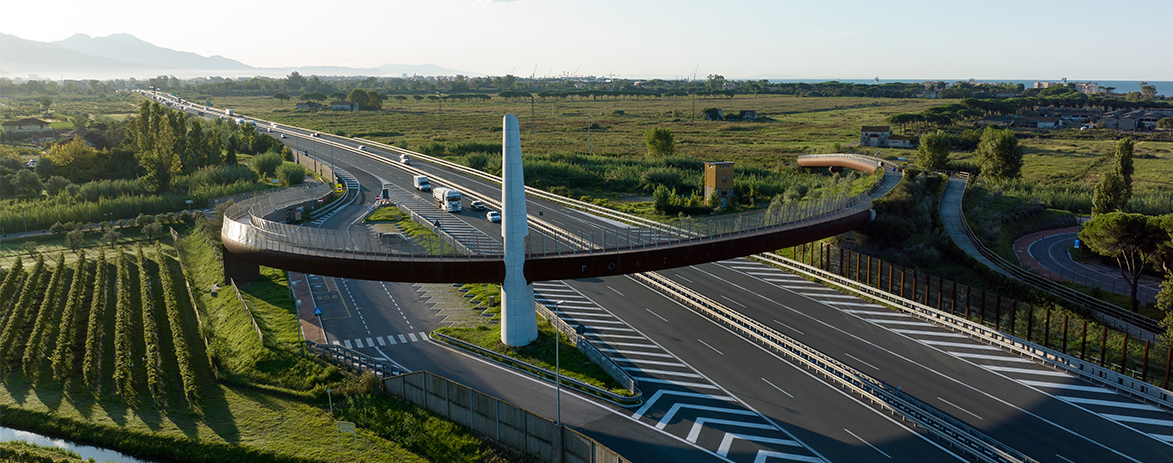
16 May 2024 Luni archaeological area: the marble treasures of the ancient Roman colony directly reachable from the Italian motorway A12
The archaeological area of Luni conserves and tells the millennia-long history of the Roman colony of Luna, founded in 177 B.C. on the border between Liguria and Tuscany in Italy, in a large port basin that is now buried and has become an integral part of the town.
Since the nineteenth century, important excavation campaigns have unearthed public buildings and rich Roman private residences, symbols of a community that flourished thanks to maritime trade and the availability of the exclusive white marble, with its – indeed – lunar reflections. The treasures of the city of Luna, now commonly known as Luni, can be admired in the Luni National Museum and Archaeological Park, which can also be reached by those traveling by highway through a dedicated link promoted and financed by the ASTM Group’s SALT A12 Concessionaire.
The work, which is fully available to A12 users, consists of a rest area, an emotional multimedia tunnel and a pedestrian walkway to reach the archaeological site. After conveniently parking, visitors will walk through the multimedia tunnel “Luni Experience,” for an immersion in the historical and cultural context of ancient Luni. They will then have access to the elliptical walkway, designed to recall the ancient coastline and the connection between sea and inland. The distinctive element of the walkway is the “central lighthouse”, the white marble covered supporting structure that recalls the lighthouse in the port of Luni and stands where, in ancient times, the real harbor lighthouse towered.
The promotion and implementation of this project confirm the ASTM Group’s commitment to the integration of infrastructure and territory, together with the valorization of the areas involved.
Don’t miss our news



